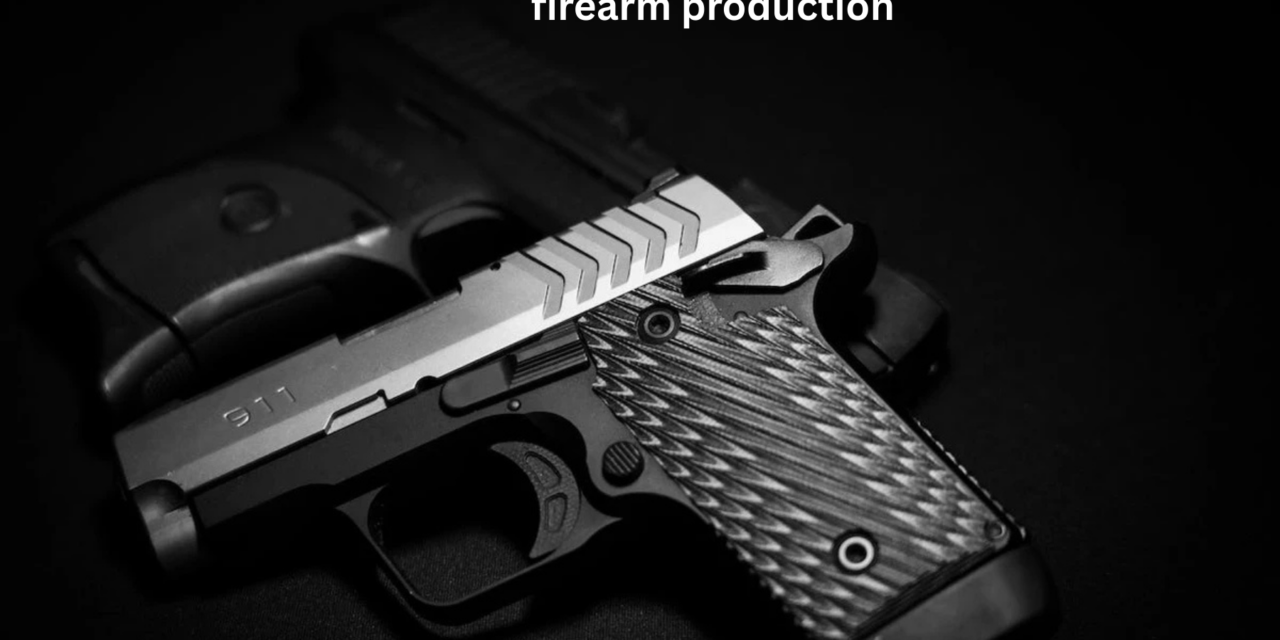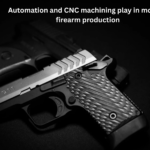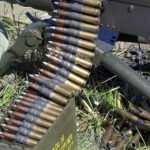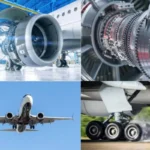Automation and CNC (Computer Numerical Control) machining play a significant role in modern firearm production by enhancing precision, efficiency, and consistency throughout the manufacturing process. Here’s how they contribute:
- Precision and Accuracy: CNC machines are capable of creating parts with highly precise tolerances. Firearms require tight tolerances to ensure proper functioning and safety, such as barrel rifling, slide machining, and trigger mechanisms. CNC machines can achieve these tolerances with minimal manual intervention.
- Automation in Mass Production: Automation in firearm manufacturing enables the production of high volumes of firearms with consistent quality. Robots and automated systems can handle repetitive tasks like assembly, inspection, and finishing, speeding up production while reducing human error.
- Complex Part Fabrication: CNC machines are used to create complex and intricate components such as receivers, triggers, and bolts. The ability to work with multiple axes and automated tool changes allows for the creation of sophisticated shapes and features that would be difficult or impossible to produce manually.
- Reduced Labor Costs: Automation reduces the need for manual labor, especially for tasks that require repetitive movements or handling dangerous materials. This can lower production costs and increase throughput.
- Customization and Prototyping: CNC machines can easily switch between different designs, allowing for rapid prototyping and customization. This is especially useful in producing limited runs or customized firearms tailored to specific consumer needs.
- Quality Control and Testing: Automated systems are also used for quality control. Sensors and automated inspections can detect flaws such as dimensional errors or surface imperfections, ensuring that only flawless parts move forward in the production process.
- Increased Safety: CNC machining minimizes human interaction with heavy machinery and hazardous materials, reducing the risk of workplace injuries.
Overall, automation and CNC machining contribute to making firearm production more efficient, precise, and scalable, while also allowing for greater innovation in design and manufacturing techniques.













